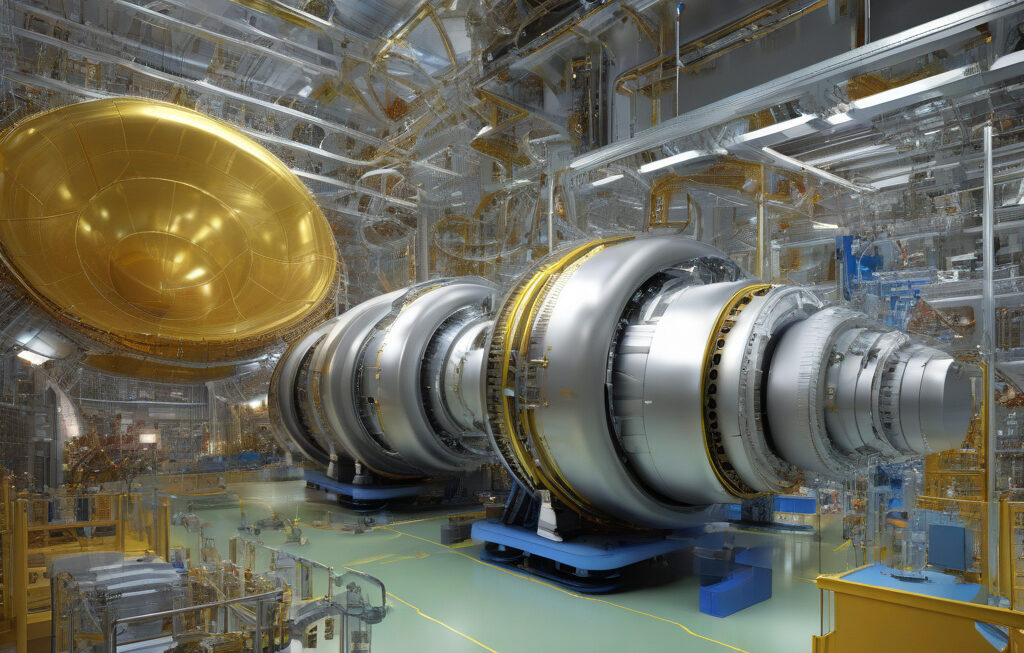Compact Detector Unlocks Reactor’s Neutrino Mystery with First-Ever Detection
Scientists at the Max Planck Institute for Nuclear Physics (MPIK) have detected antineutrinos from a compact nuclear reactor for the first time, shedding light on a long-standing mystery in neutrino physics. This groundbreaking achievement marks a significant step forward in our understanding of these elusive particles and their role in the universe.
Neutrinos are subatomic particles that are notoriously difficult to detect due to their weak interactions with matter. They are produced in various astrophysical processes, such as nuclear fusion in the sun, as well as in nuclear reactors on Earth. Antineutrinos, their antimatter counterparts, are particularly interesting because they provide valuable information about the nuclear reactions taking place inside reactors.
The recent detection was made possible by a novel compact antineutrino detector developed by the team at MPIK. This cutting-edge device is designed to be sensitive to the low-energy antineutrinos emitted by compact nuclear reactors, allowing scientists to study these particles in unprecedented detail.
By analyzing the antineutrino emissions from the reactor, researchers can gain insights into the dynamics of the nuclear reactions occurring within it. This information is crucial for improving our understanding of reactor physics and safety, as well as for advancing neutrino research more broadly.
The successful detection of antineutrinos from the compact reactor represents a major milestone in the field of neutrino physics. It demonstrates the power of innovative detector technologies in unlocking the secrets of these elusive particles and pushing the boundaries of scientific knowledge.
In addition to its scientific importance, this achievement also has practical implications for applications such as nuclear nonproliferation and reactor monitoring. The ability to accurately detect and characterize antineutrinos from nuclear reactors could enhance our capabilities in these critical areas.
Looking ahead, the researchers at MPIK are planning to further refine their detector technology and conduct more extensive studies of antineutrinos from compact reactors. By continuing to push the limits of detection and analysis, they aim to deepen our understanding of neutrinos and their role in the universe.
In conclusion, the recent detection of antineutrinos from a compact nuclear reactor represents a significant breakthrough in neutrino physics. This pioneering work not only advances our scientific knowledge but also opens up new possibilities for practical applications in areas such as nuclear security and reactor monitoring. With continued research and innovation, we are poised to unravel more of the mysteries surrounding these fascinating particles and their interactions with the world around us.
neutrinos, antineutrinos, MPIK, reactor physics, scientific breakthrough












